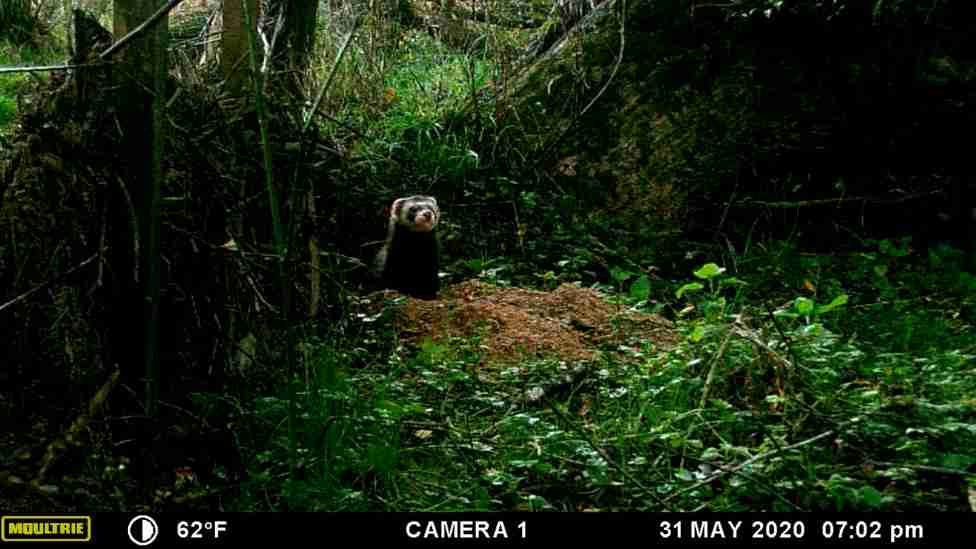
Trail cameras are a piece of arsenal in the pest control kit that aren’t as widely used as they could be. Despite not actively trapping pests, they help identify target species and locations for more efficient trapping. Cameras also indicate the presence of species to avoid catching, such as domestic cats or pukeko who often show interest in traps.

There are many camera options available. Quality is often reflective of cost – a good one can be more informative than four cheap ones.
Bushnell cameras seem to be a crowd favourite for both private property and larger companies for research use. They retail at about $300-400. Browning’s are also well rated and come in at about $200-300.
There are many brands that retail around the $300 mark, so there is no need to go for the top line gear. Groundtruth (a NZ company specialising in technology for managing ecosystems) have come up with the following checklist to consider:
- The detection zone should be as close as possible to the field of view
- Trigger speed should be as fast as possible (0.3s or faster)
- IP66 minimum
- No need to go higher than 720P resolution

Some things to bear in mind:
- Possums are alerted by infra-red cameras. This could change their behaviours in interacting with a trap. Behaviour change is not an issue if you are wanting to monitor presence/absence of pests, but can be tricky if you are hoping these animals might enter the trap! There are no-glow cameras available that do not interfere with behaviours.
- According to local feedback, cameras that operate solely on rechargeable batteries require more maintenance and can be more unreliable.
- Most online advice is for capturing deer, which are wildly different to the smaller target species we are after.
Test your new camera inside with domestic animals to better understand your equipment, allowing for the best setup when you take it outdoors.
In summary, cameras are a useful tool in pest control, as they show you what may be interacting with your trap and what may be stopping animals entering it or what you are at risk of trapping that you would rather not. They also reveal why your trap may have been released with no pest inside to show for it – the great escapees of the pest world.

